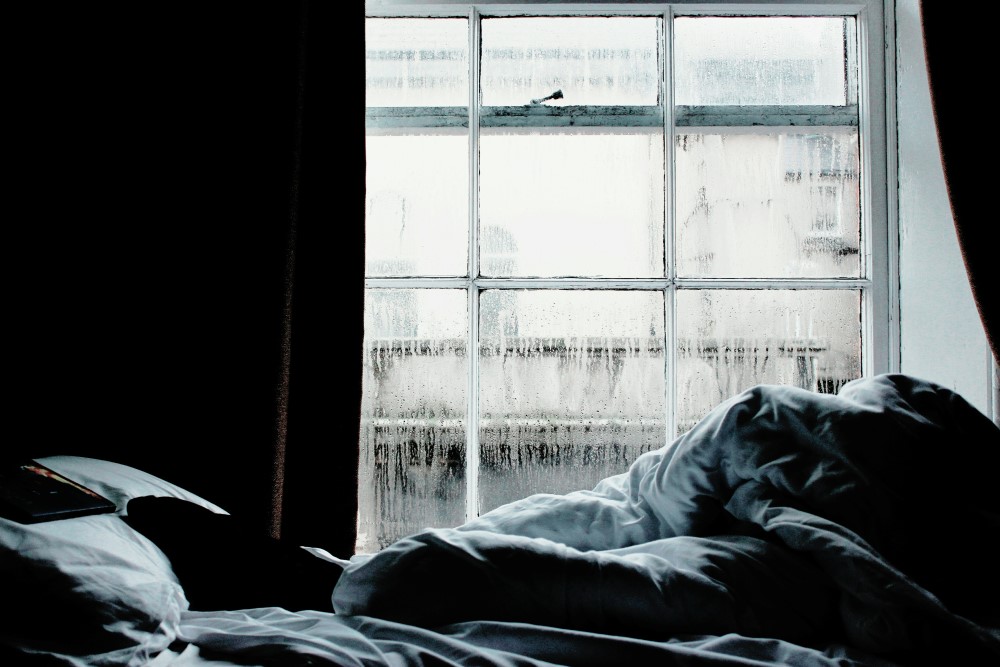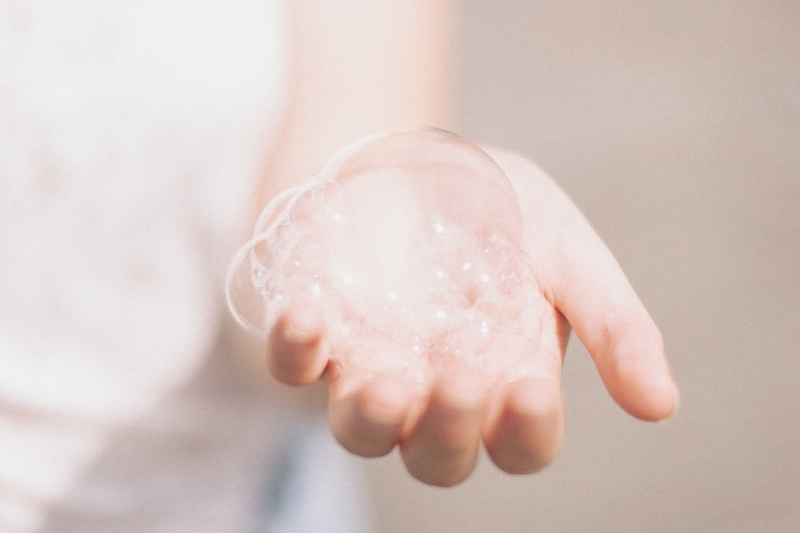Understanding Your Humidifier
CPAP humidifiers work by adding moisture to the air delivered by the CPAP machine.2 This is particularly beneficial during dry months when humidity levels drop, as well as in winter when indoor heat can further dehydrate the air. Proper use of your humidifier can help reduce nasal congestion, dryness, and irritation, making it easier for you to adhere to your therapy.
Seasonal Adjustments to Consider
Spring and Summer
- Adjust Humidity: During warmer months, the air tends to be more humid. If you notice condensation building up in the CPAP tubing or mask (commonly known as rainout), you may need to reduce the humidity setting on your humidifier.3
- Monitor Temperature: Warmer weather can lead to increased demand for cool air. Ensure your CPAP machine is in a well-ventilated area.
- Stay Hydrated: Warm weather can lead to dehydration, affecting your mucous membranes. Drink plenty of fluids to help maintain moisture in your airways.
Fall
- Gradual Adjustments: As temperatures begin to cool, gradually increase your humidifier settings as humidity levels drop. Monitor how your body reacts and make adjustments as needed.
- Allergen Awareness: Fall might bring increased allergens such as pollen or mold. Regularly clean your CPAP equipment to avoid respiratory irritations.
Winter
- Increase Humidity: Cold air generally has low humidity, and the use of indoor heating can further decrease humidity levels. Therefore, it’s important to raise your humidifier settings to combat dryness in your nasal passages and throat.4
- Full Cleaning Routine: Ensure a thorough cleaning of the humidifier and CPAP components during winter months to prevent issues related to mold or bacteria growth due to stagnant moisture.
Additional Tips for CPAP Humidifier Management
- Use Distilled Water: Always use distilled water in your humidifier to prevent mineral buildup and avoid respiratory irritants.
- Regular Maintenance: Clean your humidifier weekly, including the water chamber, to ensure proper function and prevent contamination.
- Consult Your Healthcare Provider: If you’re uncertain about the right humidity level or need to make adjustments, consult with your home medical equipment provider or your healthcare provider. They can provide tailored advice based on your specific needs.
Managing your CPAP humidifier effectively throughout the year can significantly impact your sleep quality and overall comfort. By understanding how seasonal changes affect humidity levels, you can make necessary adjustments to enhance your CPAP therapy. Prioritize your sleep health and don’t hesitate to reach out to your healthcare provider with any questions or concerns.
For more tips on managing your CPAP and enhancing your sleep apnea treatment, check out these additional resources.
- https://www.resmed.com/en-us/sleep-health/blog/why-use-a-cpap-humidifier/
- https://www.resmed.com/en-us/sleep-health/blog/why-use-a-cpap-humidifier/
- https://www.cpapnation.com/blogs/news/dealing-with-humidity-cpap-tips-for-a-comfortable-summer/
- https://www.resmed.com/en-us/sleep-health/blog/get-more-comfortable-in-the-cold/


